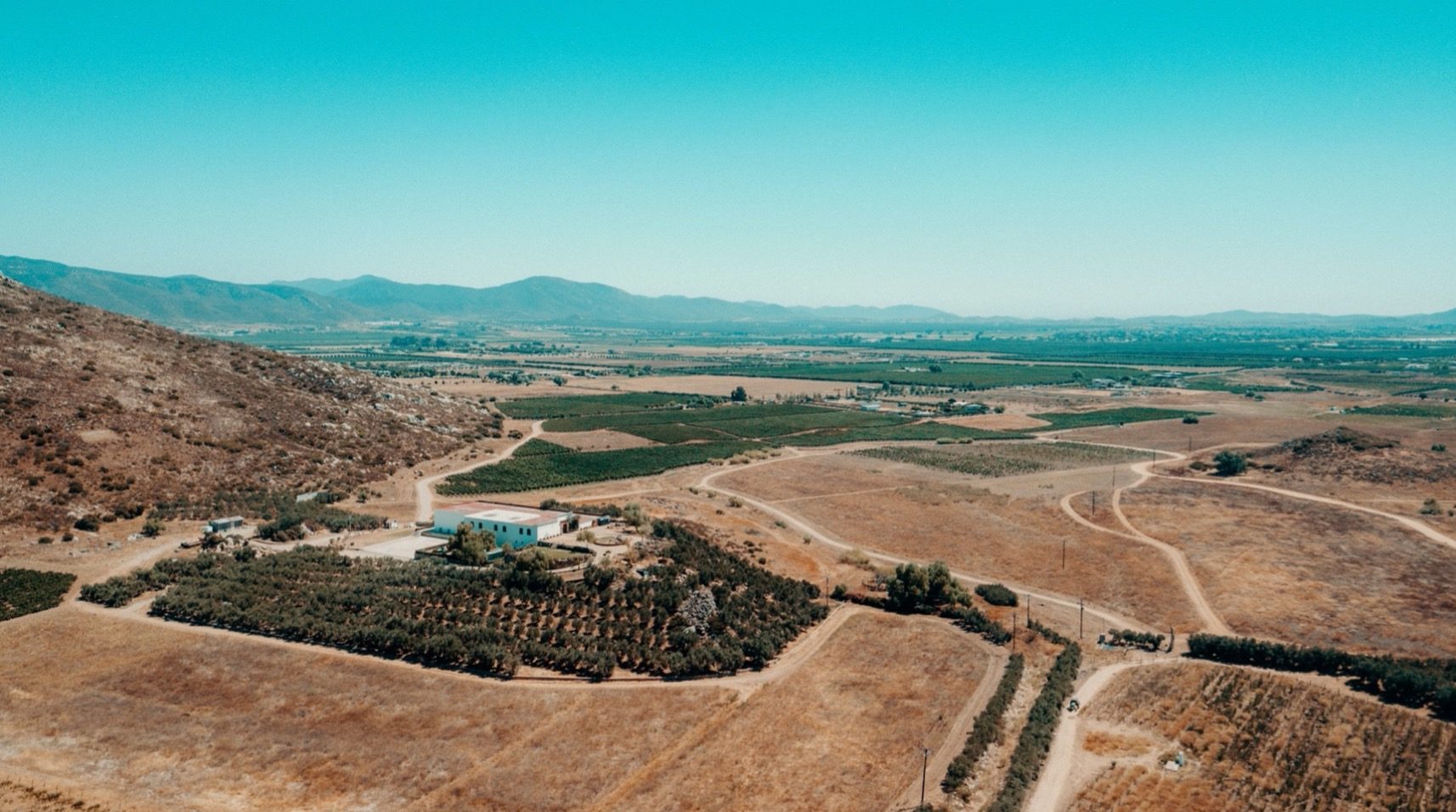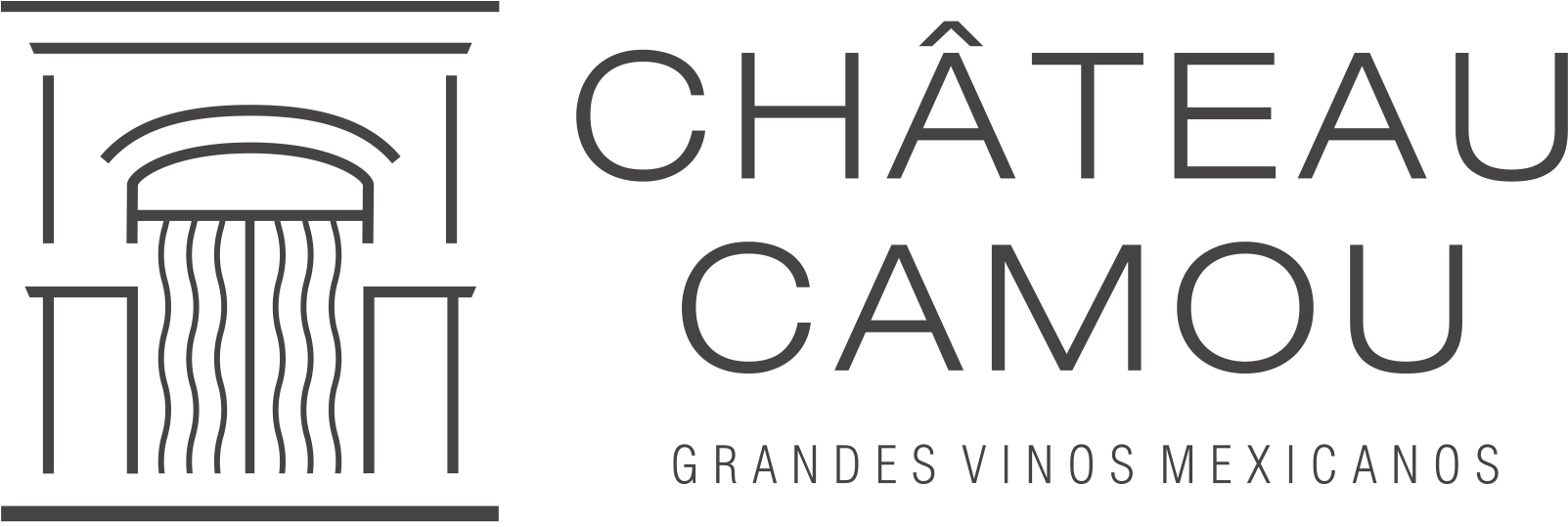
Bordeaux in Mexico
Baja California is making new wines for a changing country
By Lynn Alley
Mar 14, 2001

Dec. 1, 2000, Mexico’s new president, Vicente Fox Quesada, celebrated his inauguration with a dinner at Chapultepec Castle in Mexico City. The guests were international luminaries — Madeleine Albright, Fidel Castro, Bill Gates and Spain’s Prince Felipe, to name a few. The wines, however, were all Mexican, from Monte Xanic winery in Baja California.
Ten years ago, serving Mexican wines at a state dinner would have been unthinkable. Baja California, the center of Mexico’s wine industry, made jug wines at best, and sophisticated Mexicans drank French or Spanish imports. But times have changed. A new fine wine industry has sprung up in Baja on a stretch of land known as the Valle de Guadalupe, along the bumpy two-lane highway from Ensenada to Tecate.
With the exception of a few clumps of sycamore trees in the dry bed of the Guadalupe River, the landscape is barren, home only to small desert shrubs and cacti, coyotes, rabbits, ground squirrels and rattlesnakes. Dominican padres built a small mission here in the early 1800s but abandoned it not long afterwards. During their stay, the Dominicans planted low-acid wine grapes here — used to make the mission’s wines, they were nothing special, but a start.
Today, the region produces a lot of mass-market bulk wines and wine coolers for a thirsty Mexican population. But the people who make these, plus some quality-oriented newcomers, are increasingly exploiting the winemaking potential of the Mediterranean-like climate. There are about 10 wineries in all. Of these, two stand out: Monte Xanic, founded in 1988; and Château Camou, started in 1995.
The Monte Xanic estate commands a clear view out across 160 acres of vineyards. There are Cabernet Sauvignon, Cabernet Franc, Merlot, Malbec, Petit Verdot, Syrah and Tempranillo grapes growing here, some on 13-year-old vines grafted onto 35-year-old roots. The rest are more recent, just eight to 10 years old. The winery, designed by winemaker and managing partner, Hans Backhoff, is completely up to date, with rotary fermenters and new oak barrels. Classical music is piped into the building to entertain and encourage the fermenting and aging wines.
Backhoff, born in Ensenada to a German biologist father and a Spanish French mother, was raised in a home where good wine was a part of daily life. He went off to the University of Nottingham in England to obtain a doctorate in food science, and there he happened upon British wine writer Hugh Johnson’s dismissive comment that Mexico was simply “too hot to grow good wine grapes.” Backhoff bristled, as he believed that the coastal regions around Ensenada, cooled by Pacific currents and ocean breezes, might prove an exception to Johnson’s sweeping generalization.
So, when he returned to Mexico, Backhoff began making a few hundred cases of Chardonnay with some family friends. “We picked and destemmed the grapes by hand, and soon realized that our wines were far superior to anything being made commercially in Mexico at that time,” he recalls. “We produced a Chardonnay with a lot of perfume, and we knew we had something very unique here.”
The Château Camou winery is just up the dirt road from Monte Xanic. It’s the brainchild of Mexico City engineer Fernando Favela Lozoya, who searched in both Bordeaux and Mexico before settling upon a small canyon in the Valle de Guadalupe to establish his winery. Once he settled in, his son Fernando Favela Vara took on the project.
Château Camou’s winemaker is Victor Torres, who holds a doctorate in enology. Torres became interested in winemaking and fermentation during his studies at the National School of Agriculture near Mexico City, where he specialized in industrial agriculture. After graduation, Torres went to work as a project analyst for a Mexico City agricultural bank, but the lure of the vine overwhelmed him. He applied for and received a scholarship from the French government to work on his doctorate in enology at the University of Bordeaux, where he earned certificates in both enology and viticulture.
Most of Château Camou and Monte Xanic’s wines are Bordeaux-style varieties, designed to appeal to the palates of well-heeled Mexicans. They are not widely distributed in Mexico because, as Backhoff puts it, “we have no control over shipping and storage conditions in Mexico,” and the average Mexican consumer is used to paying $4 for a bottle of wine. But both wineries, which retail their wines for $7 to $30 a bottle, are finding a growing market in the United States in upscale Mexican and Southwestern-style restaurants and high-end wine shops.
And where Mexico’s president leads, others will follow. The future looks bright for Monte Xanic and Château Camou, as they pioneer quality wine enterprises in a Mexico standing on the threshold of the 21st century.
Lynn Alley is a freelance food-and-wine writer based in San Diego. A new edition of her book, Lost Arts: A Celebration of Culinary Tradition, came out last year.

Château Camou

For PRESS questions and INTERVIEWS, Please email Fernando@FernandoFavela.com
FOLLOW US
DINING EXPERIENCE
Le Food Truck
MEDIA CHANNEL
Dine N Wine con
Château Camou
TRADE / ABOUT US
Mexico Distributors
U.S. Distributors
About Us
